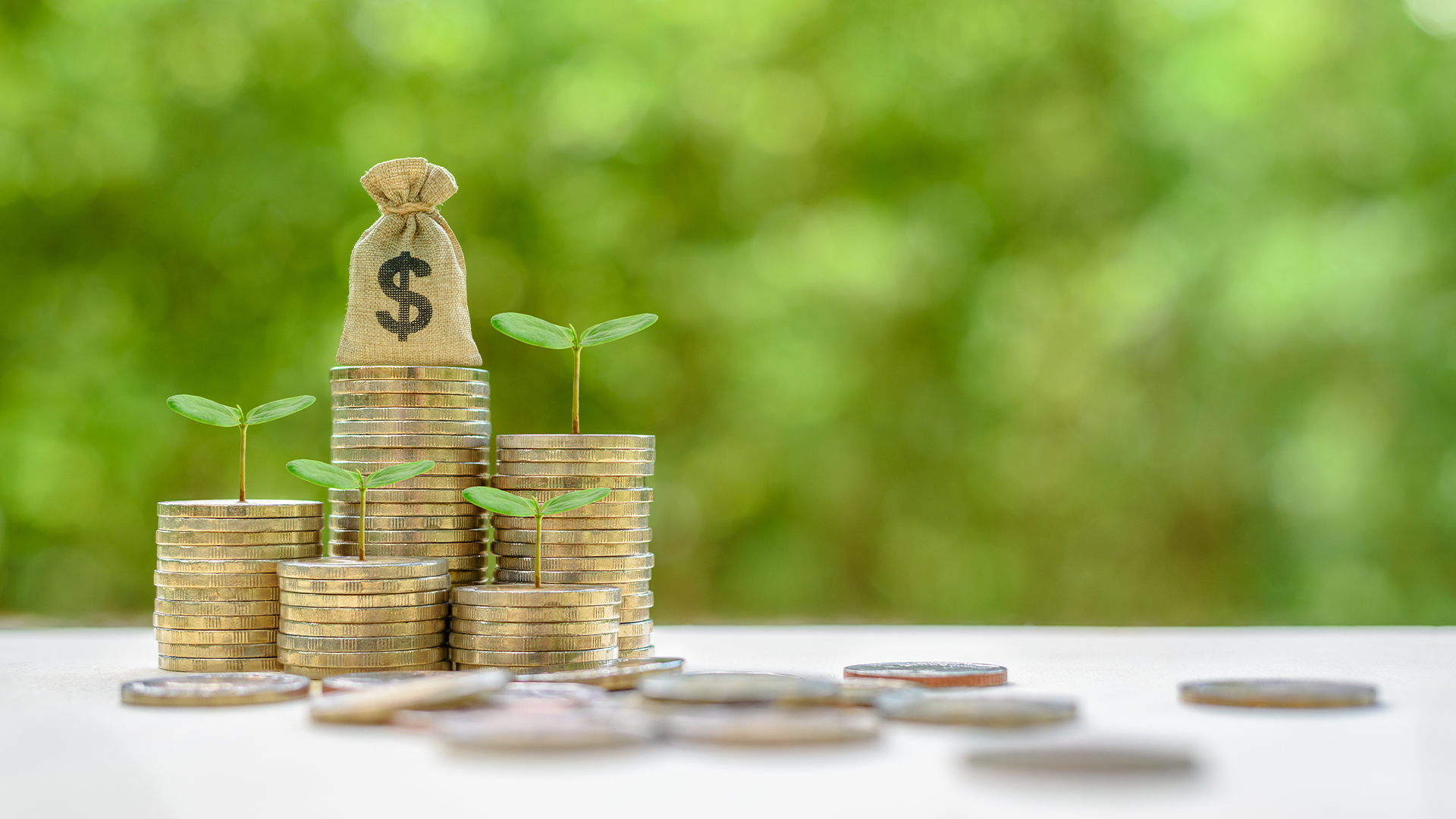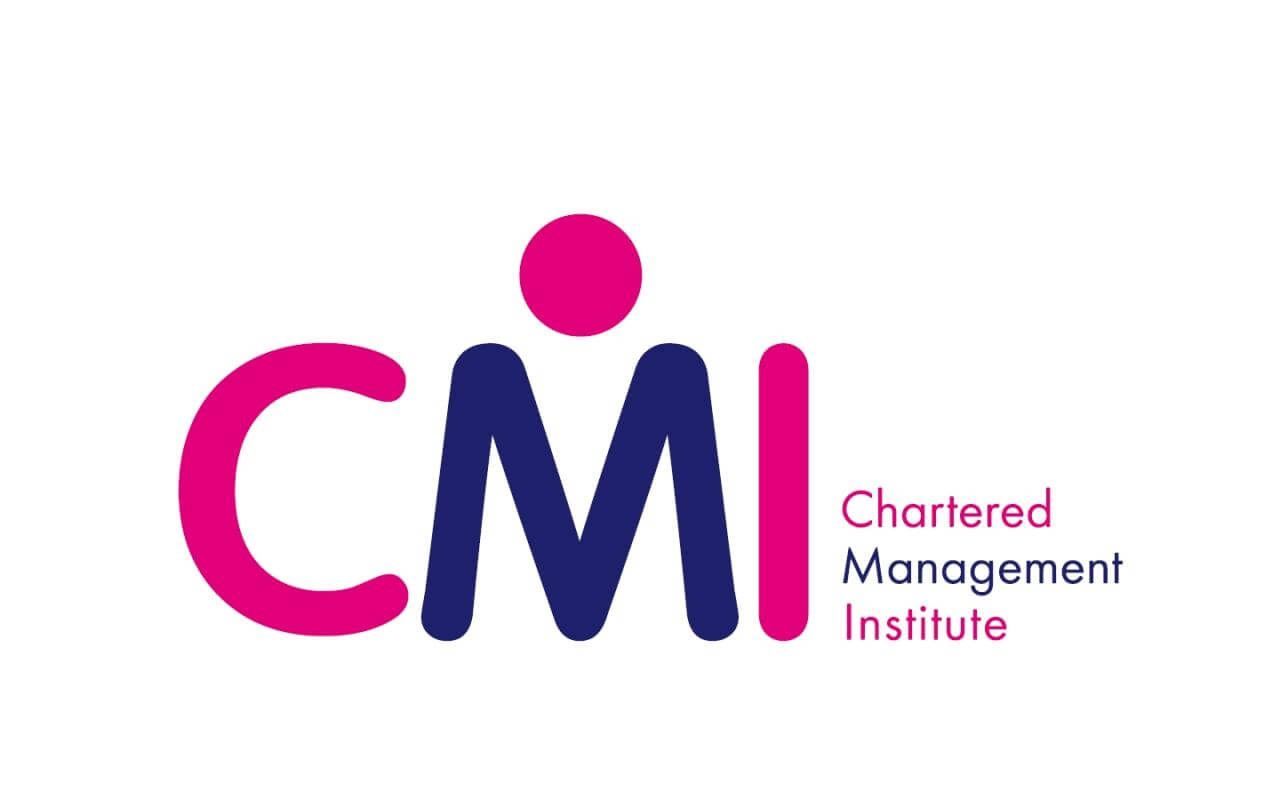
In today’s business climate, there’s no denying the importance of sustainable operating practices. Operating sustainably has plenty of tangible benefits for businesses – aside from a clean conscience of course. Increased profitability and desirability as an employer are just two of the advantages that can be gleaned from sustainable business.
Becoming sustainable, however, can be expensive, particularly if your business is still following dated operating procedures. Green loans are helping an ever-increasing number of SMEs across the world pursue their sustainability objectives.
But what are green loans? How do they differ from traditional loans? And why are they becoming more popular? Here, the asset finance experts at Anglo Scottish break down everything you’ll need to know about the world of green loans.
Key Findings:
- Global green finance has increased by over 100 times (from $5.2bn to $540.6bn) in the decade between 2012 and 2022.
- In the UK, the total value of green bonds issued grew from $1.1bn to $37.4bn between 2012 and 2021.
- Searches for ‘green loan’ have been steadily trending upwards during the four-year period starting February 2019.
- There has been a 50% year-on-year increase in searches for ‘green loan’
- Searches for ‘sustainability loan’ have increased by 100% year-on-year (March 2022-23)
- The global sustainability consulting market – worth $6.24bn in 2021 – is expected to be worth $16bn by 2027.
- 33% of businesses who have introduced a sustainability strategy cited lowering costs and improving operational efficiency as the primary reason for their new changes.
What is a green loan?
A green loan, sometimes known as a sustainability loan, is a method of raising capital for projects that make a positive contribution to the environment. Green loans enable companies to finance green projects, and are designed to help companies align lending with their environmental objectives.
Green loans are subject to the Green Loan Principles (GLP), an international standard consisting of four key caveats:
Use of Proceeds
All designated Green Projects should provide clear environmental benefits, which will be assessed by the borrower.
Process for Project Evaluation and Selection
The borrower should clearly inform the lender about their sustainability objectives, how their project is eligible for a green loan, and provide information on any potential risks associated with the project.
Management of Proceeds
The borrower must be transparent with any money raised as a result of the green loan – to maintain transparency and integrity.
Reporting
The borrower should make and keep an up-to-date record of the use of proceeds.
Green bonds, similar to green loans, are another form of raising capital for sustainability projects. Green bonds tend to be larger than green loans, may have higher transaction costs, and may be listed on an exchange or privately placed. Like green loans, green bonds have their own set of principles that must be followed.
Why have green loans become more popular?
Globally, green finance – characterised by Reuters as “global borrowing by issuing green bonds and loans, and equity funding through IPOs targeting green projects” – represented $5.2bn in 2012, rising tenfold to $540.6bn in 2022.
The UK has experienced similar growth during the same period – between 2012 and 2021, the total value of green bonds issued grew from $1.1bn to $37.4bn.
With environmental concerns becoming more important than ever as we move towards the nation’s Net Zero emissions goals, companies across the country, irrespective of sector or industry, are working hard to implement more sustainable business practices.
ESG (Environmental, Social and Governance) centricity is now one of the foremost concerns for both private and public sector companies. In line with the increasing focus on ESG, the global sustainability consulting market is undergoing a period of growth – worth $6.24bn in 2021, the market is expected to be worth $16bn by 2027.
Green loans and bonds can help businesses bring a sustainability strategy to life, and can have huge benefits for both the company and the wider environment.
How can businesses benefit from a sustainability strategy?
Environmental concerns are not the only driving force behind the rising number of green loans being issued. In most cases, it’s just smart business. By implementing a sustainability strategy, businesses can stand to improve operational efficiency by reducing wastage and limiting material spend.
In fact, according to McKinsey, 33% of businesses who have introduced a sustainability strategy cited ‘lowering costs’ and ‘improving operational efficiency’ as the top reason for their new changes.
A cohesive sustainability strategy can also help businesses appear as a more lucrative employer to potential hires. According to People Management, 40% of millennials have chosen one company over another due to their sustainability strategy. And, from a retention standpoint, 70% were more likely to stay with a company that had a robust sustainability plan.
The Green Loan Principles have also made it harder for companies to become involved with ‘greenwashing’ – performatively making changes to support the environment to improve the company’s reputation, whilst actually having a negative impact on the planet.
If a company does use a green loan to implement a sustainability strategy, the transparent selection, management and reporting process means that actual measurable environmental goals must be at the core of the strategy. Both the GLP and the GBP specify that 100% of the proceeds from the loan must be used for green-eligible activities.
Charlotte Enright, Renewables Specialist at Anglo Scottish Asset Finance, comments: “Corporate social responsibility is not a new concept, but, in line with the worldwide drive to reach net zero emissions, it’s hardly surprising that environmental concerns are at the centre of most firms’ strategies nowadays.
Green loans have made it possible for businesses without working capital to begin implementing a sustainability strategy, streamlining their own operating procedures and reducing their impact on the environment. Expect to see green loans continue to gain popularity as we push towards our net zero goals.


























